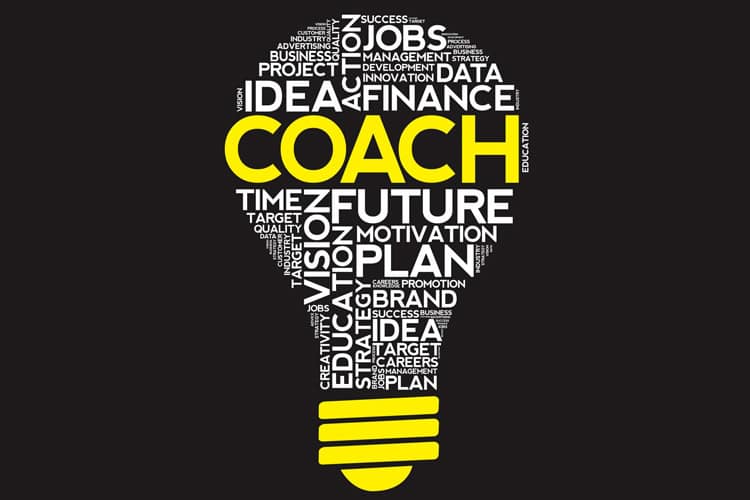Are “hard” skills the only type of useful skills?
Many organizations provide individual contributors with technical or hard skills training but put off doing leadership or soft skills training until individuals are promoted into management.
When it comes to those sitting on the lower levels of the corporate ladder, there are many controversial views of the value of developing “soft” skills for the “worker bees”.
Analysis from Zenger Folkman verifies that while individual contributors with hard skills are more valued than those with soft skills, the combination of both soft and hard skills plays a critical role in improving the performance rankings and overall effectiveness of an individual contributor.
For this research, hard skills were defined as:
- technical expertise
- problem-solving ability
- drive for results
- and taking the initiative
Soft skills were defined as:
- ability to communicate
- relationship building
- coaching and supporting others
- development of colleagues
- and collaboration and teamwork

IMPACT OF HARD VS SOFT SKILLS
The results below show the overall effectiveness ratings for leaders who were in each of the above groups. As the graph demonstrates, hard skills are more highly valued for individual contributors than soft skills.
There is a significant difference between individual contributors in those two groups (t-value 3.817, Sig. = 0.000). The more meaningful and much more substantial difference is between those who were in the top 25% on both skills and either of the other groups (t-value 34.53, Sig. 0.000 and t-value 33.62, Sig. 0.000.) These leaders were rated on average in the top 10%.
However, when individual contributors were highly skilled at both, 91.6% of those individuals were given the top performance rating.

TOP PERFORMANCE RANKING ON PRODUCTIVITY AND EFFORT
The above study demonstrates that individual contributors with hard and soft skills are rated as significantly more effective and are substantially more likely to receive high-performance evaluations.
If you are an individual contributor, remember that you can influence and lead those around you. Don’t brush off the soft skills that will advance your career.
SUMMARY
Leadership is the ability to influence others, at times, the ability to influence their peers and manager. Individual contributors can be substantially more useful when they possess better interpersonal and leadership skills.
Providing individual contributors with soft skill training early on in their careers provides each person with time, experience, and opportunities to strengthen those soft skills. When they are put into a management position, their level of effectiveness is much higher.
Young leaders are being promoted to mid and senior-level positions quite often. But do they have the necessary skills and training to be great leaders?
Soft skills are developed and improved over time.
Employees in organizations where development opportunities are more plentiful have higher engagement, lower turnover, and higher productivity.
Read on research article here by Jack Zenger that even if an individual contributor does not move into a management position, their performance is improved by soft skill development.
Image credit: Aevo






















